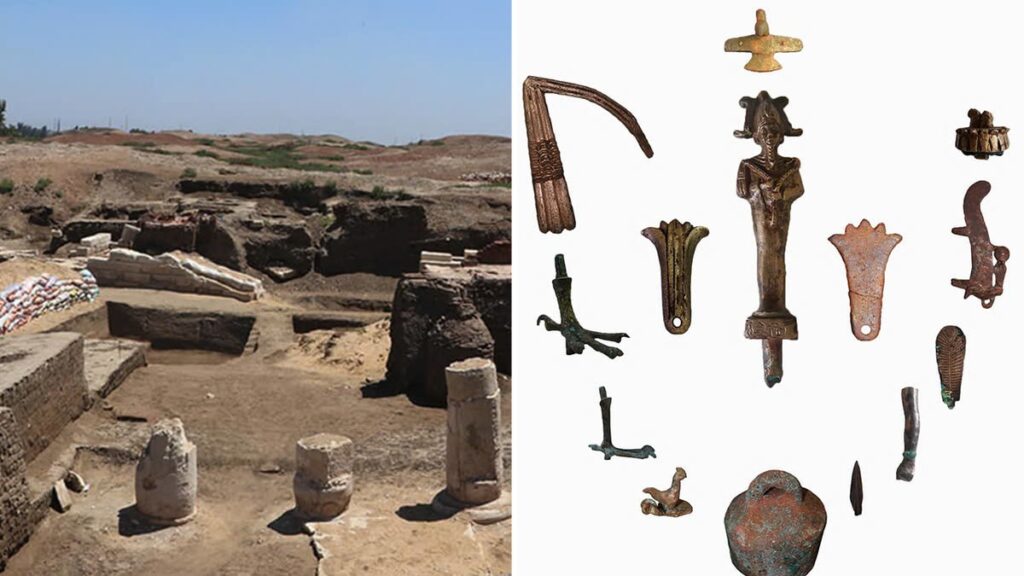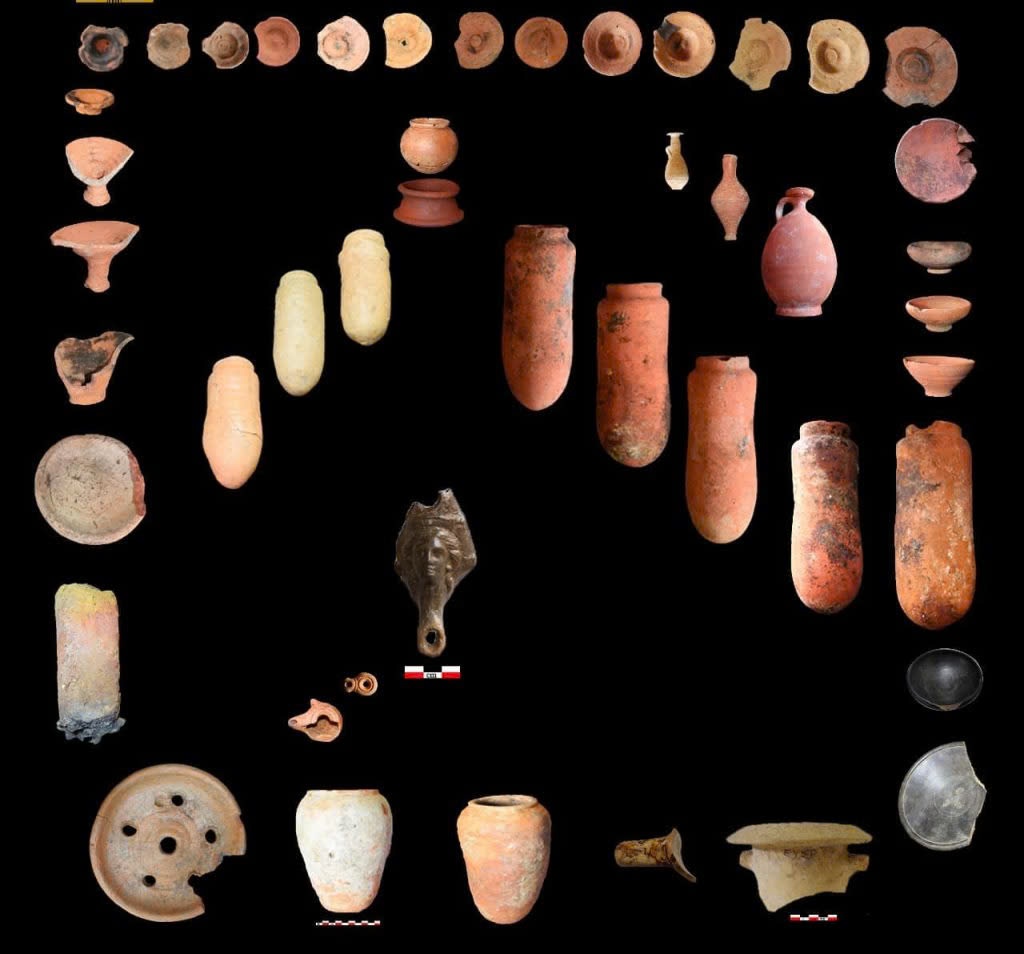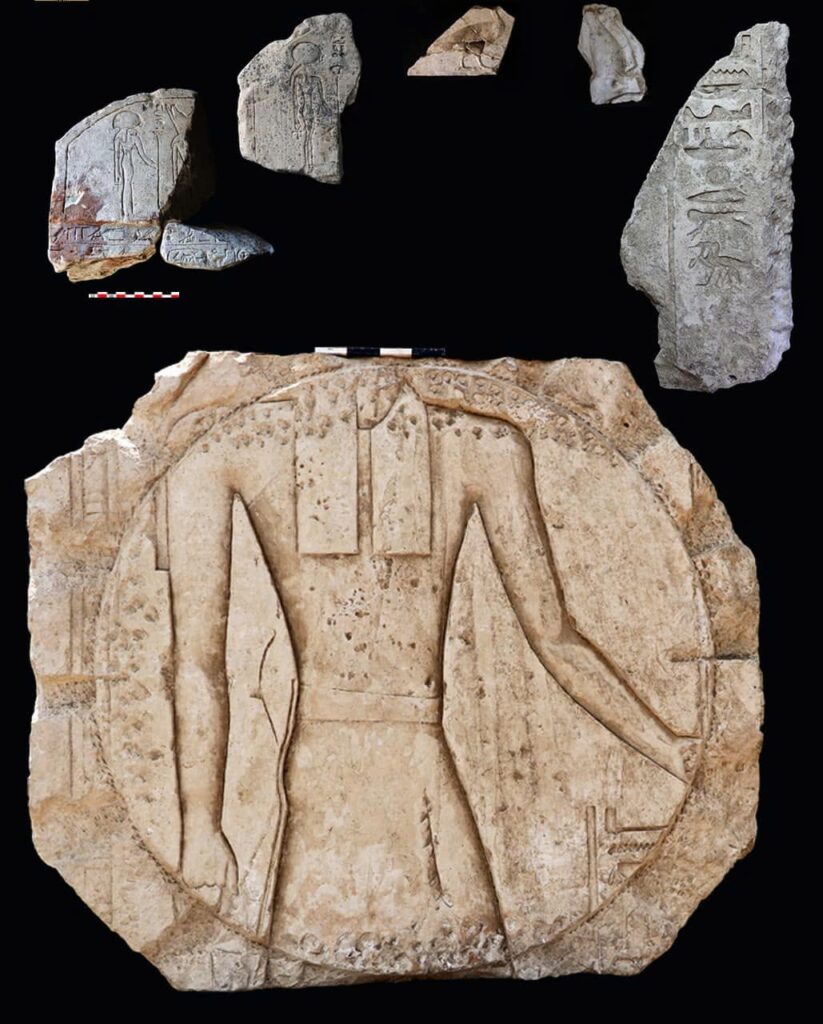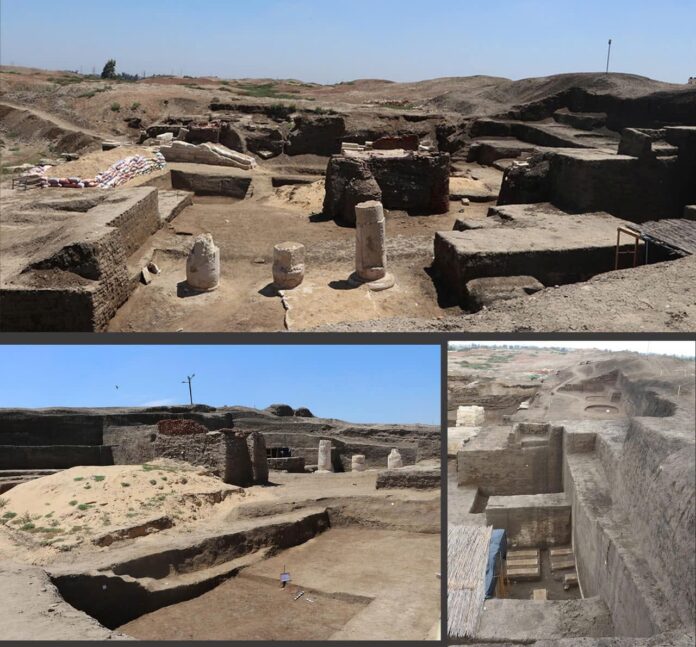Groundbreaking Discovery Sheds Light on Ancient Egyptian Astronomical Prowess
The First and Largest Observatory of Its Time

In a remarkable archaeological breakthrough, Egyptian experts have unearthed the first and largest astronomical observatory dating back to the 6th century BCE. Located within the Buto Temple at the Tell El-Faraeen archaeological site in Kafr El-Sheikh Governorate, this discovery offers unprecedented insights into ancient Egyptian astronomical knowledge and practices.
A Glimpse into Ancient Astronomical Techniques

The mud-brick observatory, spanning an impressive 850 square meters, was designed to track the movements of the sun and stars. Its sophisticated structure includes an east-facing entrance, a central columned hall, and a high wall reminiscent of traditional Egyptian temple architecture.
Innovative Tools for Celestial Observations
Among the most significant finds is a rare slanted stone sundial, or “shadow clock,” stretching 4.80 meters in length. This ingenious device, along with other discovered tools like the Merkhet, demonstrates the ancient Egyptians’ ability to measure time and celestial movements with remarkable precision.
Implications for Understanding Ancient Egyptian Culture

Mohamed Ismail Khaled, Secretary-General of the Supreme Council of Antiquities, emphasized the importance of this discovery in highlighting the advanced astronomical knowledge of ancient Egyptians. The observatory played a crucial role in determining the solar calendar and significant religious and agricultural dates, offering a new perspective on the intersection of science and daily life in ancient Egypt.
A Treasure Trove of Artifacts
The excavation also yielded a wealth of artifacts, including a statue from the 26th Dynasty, religious items, and pottery, providing a comprehensive view of both scientific pursuits and everyday life in ancient Egypt.

This extraordinary discovery not only showcases the scientific achievements of ancient Egyptians but also underscores the ongoing value of archaeological research in uncovering new aspects of Egypt’s rich historical tapestry.

